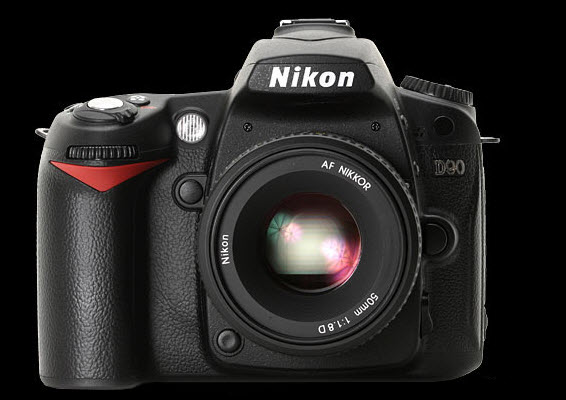
And the specs on the D90 have been so good that users can still buy a brand new D90 with kit lens for under $1000.
Okay, 1280 x 720 resolution is only half HDR at 24fps. And the D90 is restricted to a maximum clips size of 5 minutes. And its video performance has since been eclipsed by all the current SLRs. But the improvement of video SLR performance has been slow and steady but nothing outstanding. Until the Panasonic Lumix GH4.
NewLumix GH4 touts major still and video improvements
Pansonic is doing a Sony in the DSLR world. Slowly but surely upping the ante in features for its line-up of cameras. With the Lumix GH4 Panasonic takes a giant step forward. Already, GH4’s predecessor, the Pansonic Lumix GH3, had garnered fairly positive reviews – see here at DPreview. But now the Lumix GH4 with its 4K video is getting the attention of camera and video buffs alike.
And why not? The GH3 had already won great reviews for both still and video performance. And the consensus in previews across the camera and video press has been uniformly positive [ see CNET, DPreview, Engadget, Gizmodo, Pocket-Lint, with major caveats awaiting for final model configuration, price [rumored in the $1200 to 1800 range] and introduction date. However, the consensus is that Panasonic has made major improvements to the autofocus capabilities [23 to 49 points and notably faster response time], significantly enhanced autofocus, kept the camera light and portable while enhancing the already strong video capabilities.
It is these 4K video capabilities which are of interest to this Web Designer. More clients are asking for video as well as stills and being able to offer 4K video as the point of departure while improving still photo functions such as a broader shutter speed range [60sec to 1/8000 sec], faster focus, and improved low light sensitivity are very attractive.
And the video performance improvements are comprehensive. Look at these specs:
| Video Resolution | FPS | Bitrates |
|---|---|---|
| 4K – 3840 x 2160 | 29.97 | 100Mbps (IPB) |
| 23.98 | 100Mbps (IPB) | |
| 4K – 3840 x 2160 | 25 | 100Mbps (IPB) |
| Cinema 4K – 4096 x 2160 | 24 | 100Mbps (IPB) |
| 4K – 3840 x 2160 | 24 | 100Mbps (IPB) |
| Full HD 1920 x 1080 | 59.94 | 200Mbps (All-I) 100Mbps (IPB) 50Mbps (IPB) |
| 29.97 | 200Mbps (All-I) 100Mbps (IPB) 50Mbps (IPB) |
|
| 23.98 | 200Mbps (All-I) 100Mbps (IPB) 50Mbps (IPB) |
|
| Full HD – 1920 x 1080 | 24p | 200Mbps (All-I) 100Mbps (IPB) 50Mbps (IPB) |
From 24 to 60fps at 50 to 200Mbps compression rates for HD 1920 x 1080 while 4K comes in at 24 to 30fps but in a wide range of formats and 100Mbps compression rate. Pansonic is not making a timid entrance to 4K video. Equally impressive is the fact that Panasonic has the DMW-YAGH attachment for the Lumix GH4 which delivers broadcast level interface elements for video and audio channels.
In sum, this 4K capable video DSLR goes to the top of the next camera list. If you compare this with the recently announced Nikon D610, even the still specs of the Lumix GH4 are more compelling in many aspects. So the D610 provides a price ceiling of about $2000 to 2500 for the as yet unpriced Lumix GH4 [current Amazon pre-release price is $1698US] . There are other 4K video camera options appearing, but right now the Panasonic Lumix GH4 is the one to watch.

